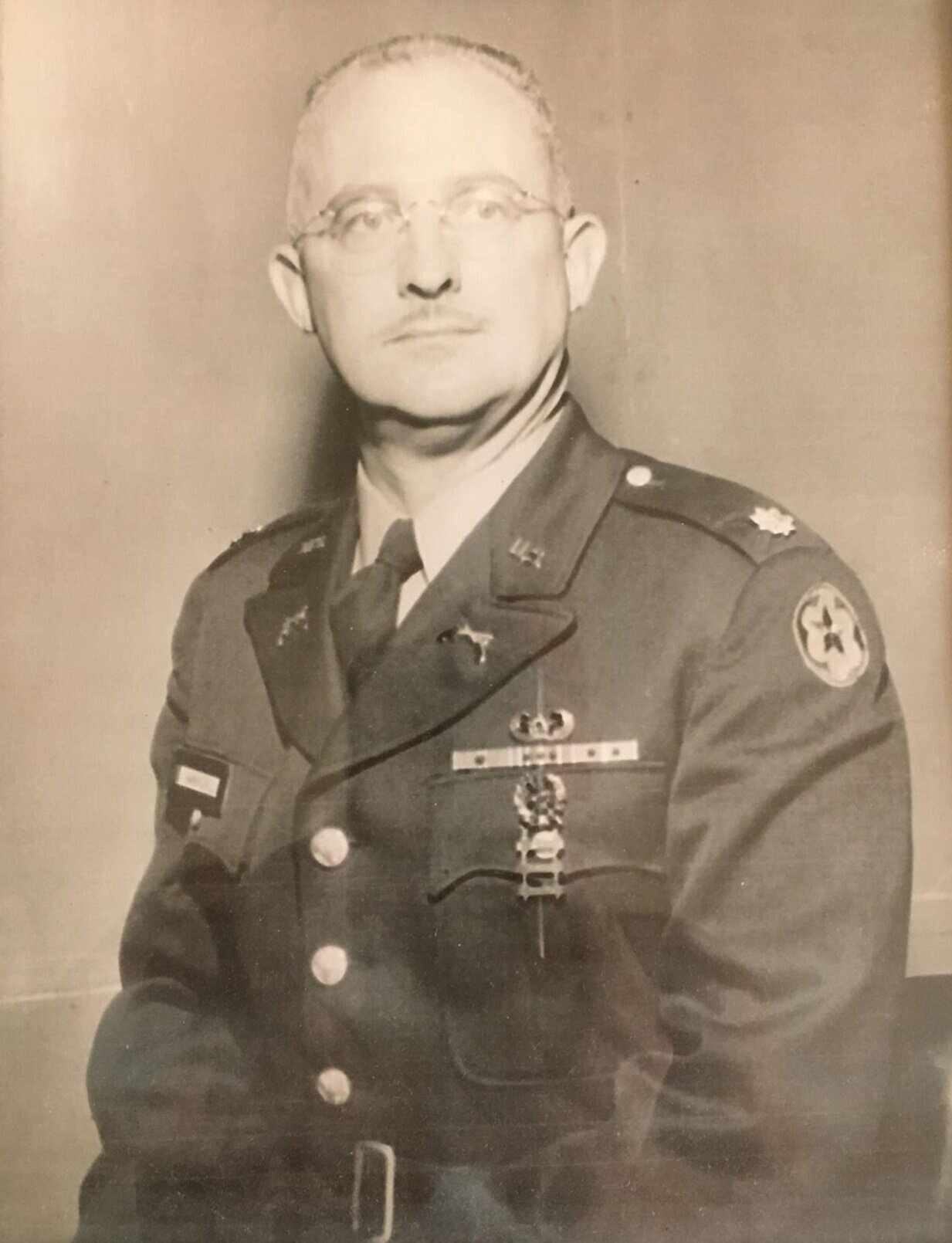One-Hundred Thousand Moments of Silence
Stewart Sinclair
photo credit: Arpa Hacopian
My great-grandfather, Lt. Col. Cecil J. Wardell, fought the Germans at Ardennes during the Battle of the Bulge. In those two winter months between 1944 and 1945 Grandpa Charlie crawled through the snow-blanketed forest to the crests of hills to determine the German’s location on the enemy line and provide coordinates to his field artillery unit.
“I wished they’d shaved my belt buckle thinner,” he told me, “so I could get closer to the ground.”
In less than two months, 19,000 Americans, 13,000 Germans and 3,000 Civilians were killed in “the Bulge,” making it the single deadliest battle that the U.S. was involved in in Europe, and Germany’s last major counter-offensive.
Memorial Day is not about my great-grandfather. It is about the soldiers who did not have the luxury of coming home breathing, if they came home at all. Grandpa Charlie died in hospice in Camarillo, California, suffering from what he referred to as “Octagenarianitis—the disease of being eighty-eight.”
But I think of him on Memorial Day, as I do on Veterans’ Day. He was the only person in my family I’d known to be a soldier, and we were certainly a household raised with a reverence for the generation that survived the Great Depression and The Good War. And although I consider myself a pacifist, especially in a time of ravenous nationalism, I believe that our fight in Europe was ultimately right—though even that moral certainty has to be qualified by an awareness of our own atrocities: the Dresden Fire Bombing, the Laconia Incident, the Canicattí Massacre, the list goes on. War is Hell.
Poo-tee-weet.
Usually, my thoughts on the subject turn to trying to comprehend whether or not Grandpa Charlie grasped the magnitude of his own circumstances—was his place in history evident at the time? My favorite books about war tend to be ones that expose the soldier as an individual wandering aimlessly through an illogical game of other peoples’ devising: Catch-22, The Red Badge of Courage, All Quiet on the Western Front. In all of those novels, the mythology of war is exposed by the frailty of the individual. They suggest that the lone soldier is far less concerned with the grand narrative of conflict and far more with when, and if, they will finally be able to come home.
I am writing this piece from Bensonhurst, Brooklyn, just days after the New York Times published a front page featuring nothing but the names and microbituaries of people lost to COVID-19, beneath a headline that described the approach of 100,000 deaths to the disease, rightly, as an “incalculable loss.” The columns of names reminded me of the black stone of the Vietnam Memorial. It speaks for itself.
The question that that cover sought to answer was at once simple and complex: how do you remove the abstraction from 100,000 deaths? And in particular, how do you do so at a time when those deaths are thrown into question? And this is nothing new, and certainly this sort of kabuki theatre was used to mask our worst atrocities: news reels in the U.S. during the second world war were quick to show the awesome mushroom clouds over Hiroshima and Nagasaki, but they were largely prevented from showing men, women and children covered in radiation burns, or the surreal outlines on concrete where bodies had been instantaneously incinerated—to say nothing of the public health crisis of cancer and illness that ensued in the generations to follow.
Incidentally, COVID-19 has so far killed 20,000 more people in the U.S. than those who lost their lives in the bombing of Nagasaki.
I have to wonder why it is so hard to mourn for those who fall to disease, and so easy to mourn those who fall in battle. In fact, up until World War II – the first major conflict of the vaccine and antibiotic era – more soldiers died of disease than in combat in every war in our first 145 years as a nation. Still, we mourn the dead in Flanders’ Fields and forget those who died of the Spanish Flu. The phrase dulce et decorum est pro patria mori seems only to apply when the death is at the hands of an enemy combatant.
The circumstances under which Memorial Day falls this year have brought me back to the same conclusions drawn by Kurt Vonnegut. “We are here, trapped in the amber of the moment. There is no why.”
I feel an affective flattening of grief: grief for fallen soldiers and fallen civilians, for death by famine and death by the folly of our leaders. I wonder if my great-grandfather ever had a moment on the battlefield where his survival instinct paused, and he saw death around him, and realized the insanity of it all.
That’s what I saw on the cover of the New York Times. The insanity of it all.
Stewart Sinclair is the founder and editor-in-chief of 433. His reportage, personal essays and narrative nonfiction has been featured in Lit Hub, Guernica, The New Orleans Review, The Millions, The Morning News, and elsewhere. Recently his essay “Search Party” was selected for True Story, a mini-magazine from the editors of Creative Nonfiction. He is currently working on his first book about class, identity and motherhood in a fractured America. @stewsinclair




